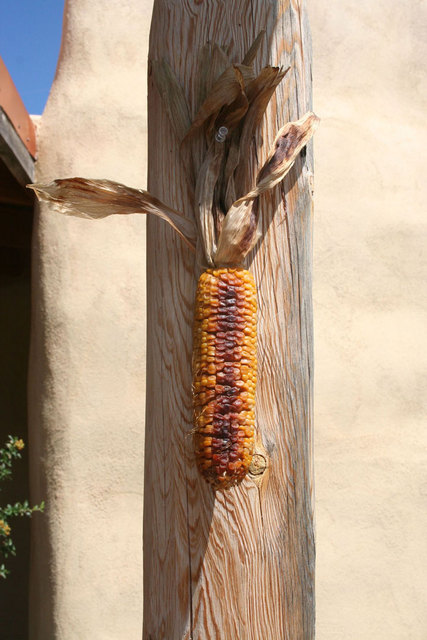Food For Thought: New Mexican Posole With A Twist
New Mexican Posole With A Twist


Latest Article|September 3, 2020|Free
::Making Grown Men Cry Since 1992


